This post is brought to you by Yes.
Can any of us these days imagine ourselves not being connected to the internet? Even if you’re not on board with the whole social media craze, you will still be able to appreciate all the things that the internet has unlocked like eCommerce, video streaming, smart home tech and the ability to work from home without missing the office.
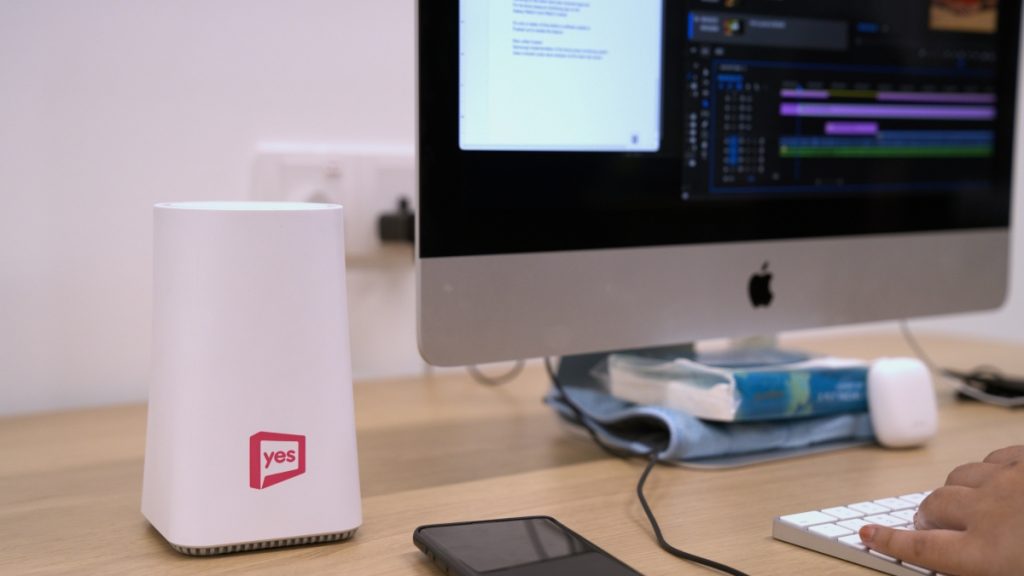
That said, some of you might struggle to get fixed fibre broadband just because there is no fibre port or cable in your housing area. Therefore, it’s likely that you are using your smartphone as a mobile hotspot. However, this comes with some drawbacks like latency, slow speeds, being able to connect a limited number of devices simultaneously, and not to mention the strain on your smartphone’s battery.

So, a good alternative to fixed fibre broadband would be wireless fibre broadband. In the past, 4G wireless fibre broadband had its downsides compared to its fixed fibre counterpart. But with 5G connectivity, you can now get an experience closer to fixed fibre broadband than before.
Here are 4 things you need to know about 5G wireless home broadband.
No installation required
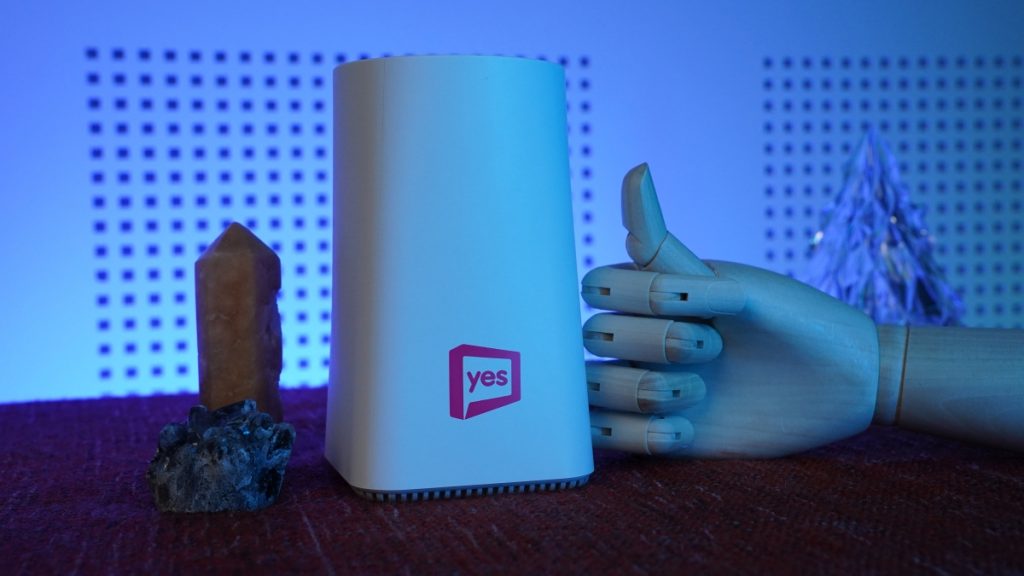
With fibre broadband, there is typically an installation process to run the fibre cable into your house and hook it up to the modem. As you can guess, you can’t “DIY” this part and it has to be done by trained technicians. Now, if you want the cable to be hidden for a clean set-up, there will be an additional cost to hack the wall.
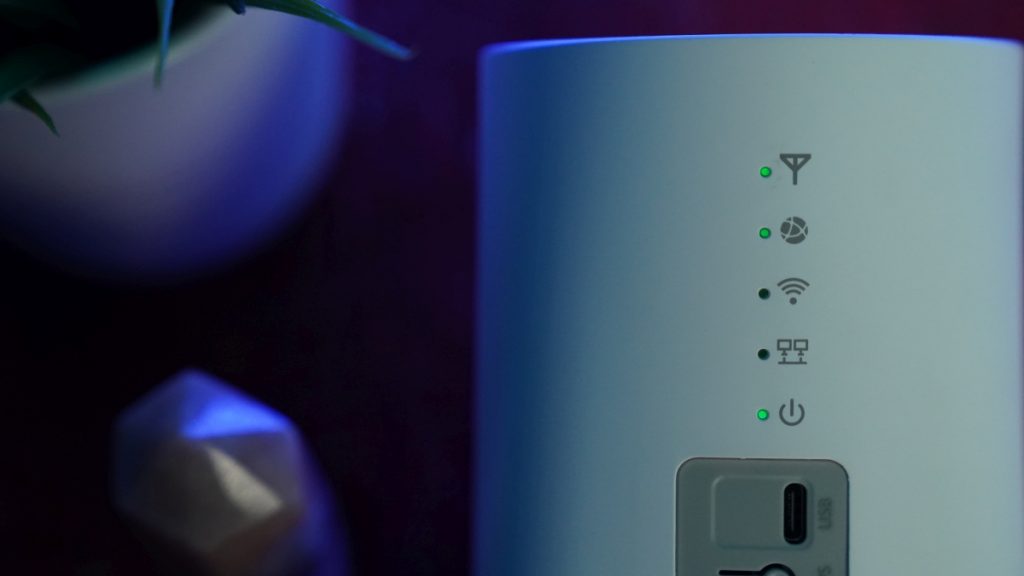
On the other hand, wireless broadband has a very simple and straightforward installation process. Just like the name suggests, it is wireless – apart from the obvious power cable – therefore, all you need to do is plug the modem, which doubles as a wireless router, into a power socket, connect your device to its WiFi, and you’re online.
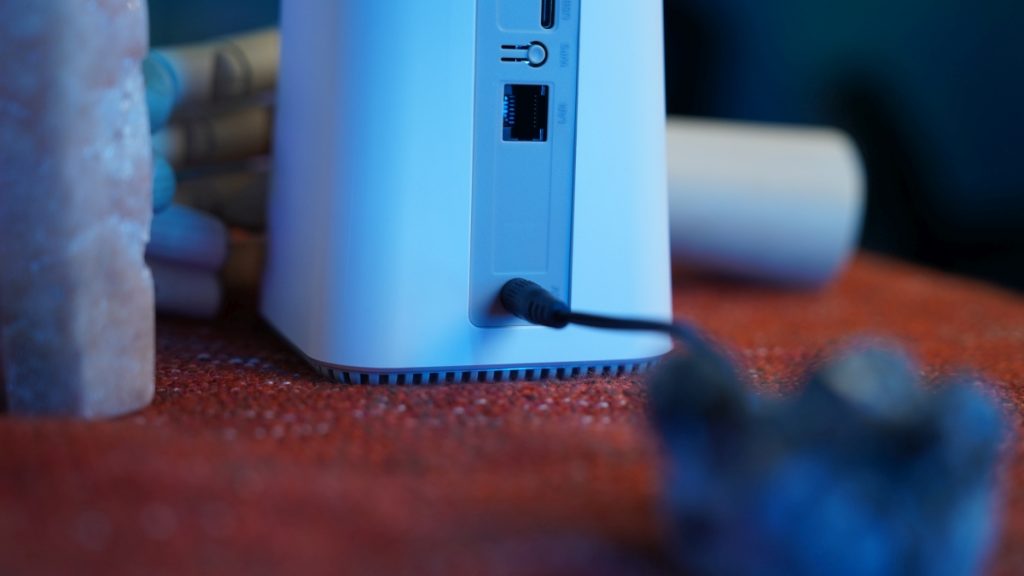
That’s right! You can get it up and running all by yourself once the modem is delivered to your home.
The freedom to take the internet anywhere

Imagine you’re going on a family vacation to another state in Malaysia and the hotel that you’re staying at charges an unreasonable amount for WiFi access but provides an insufficient amount of quota for your family’s needs.
However, if the hotel that you’re staying at falls under the coverage of your internet service provider (ISP), you can simply take the wireless broadband router with you to the hotel, plug it into a power socket, and have complete access to your broadband internet plan. You won’t have to compromise on your internet activity just because you’re not at home.
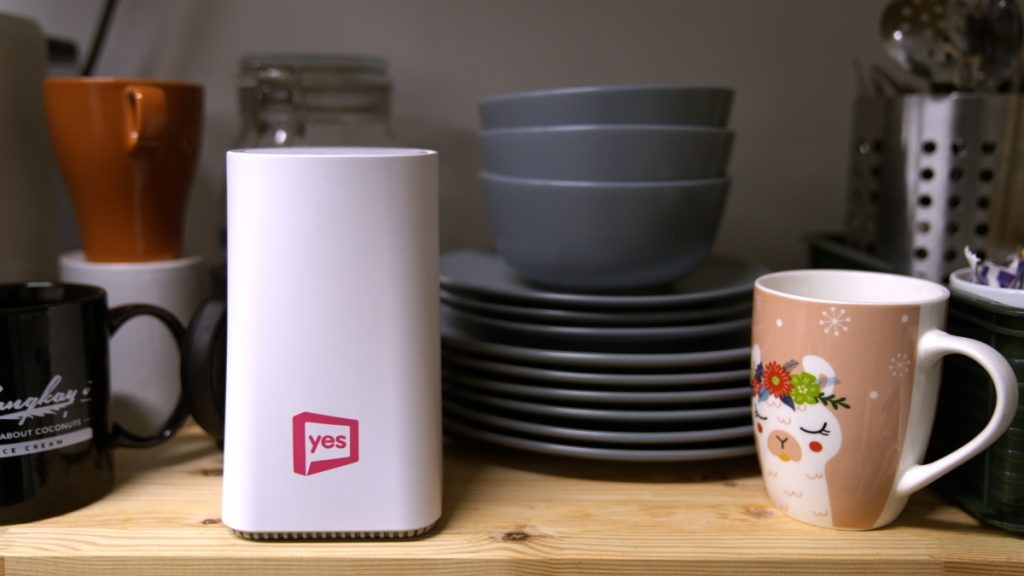
And even at home, moving the wireless broadband router around to find an ideal location to place it is much easier due to its wireless nature and that the modem and router are built into a single unit.
More versatile than a mobile hotspot
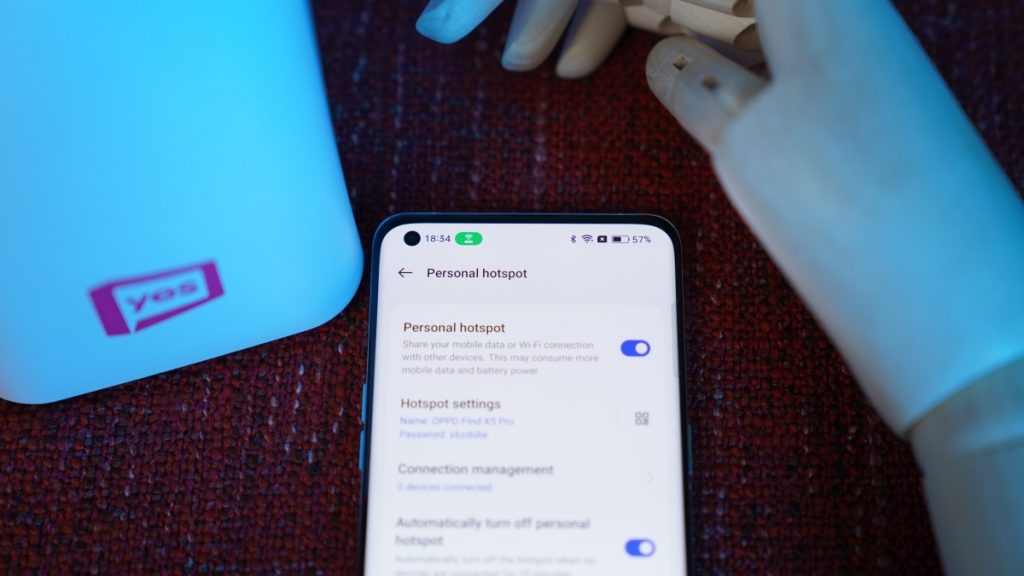
According to Google, a typical Android phone can connect up to 10 devices to its hotspot while an iPhone can do up to five. However, a dedicated wireless home broadband router can easily manage up to 32 devices. This will really come in handy if you have a large family plus multiple smart home gadgets and appliances that require the internet for their smart features to function.
Moreover, many mobile plans don’t come with a large pool of data for hotspot use, forcing you to micromanage your family’s internet usage. Porting to a wireless home broadband plan can get you unlimited data, allowing you to surf the internet worry-free.
Using a smartphone as a mobile hotspot also consumes a lot of power which requires you to recharge your smartphone more frequently. In the long run, this can have a negative impact on your battery health. The router that comes with your wireless home broadband plan doesn’t need to deal with this issue.
Improvements thanks to 5G connectivity
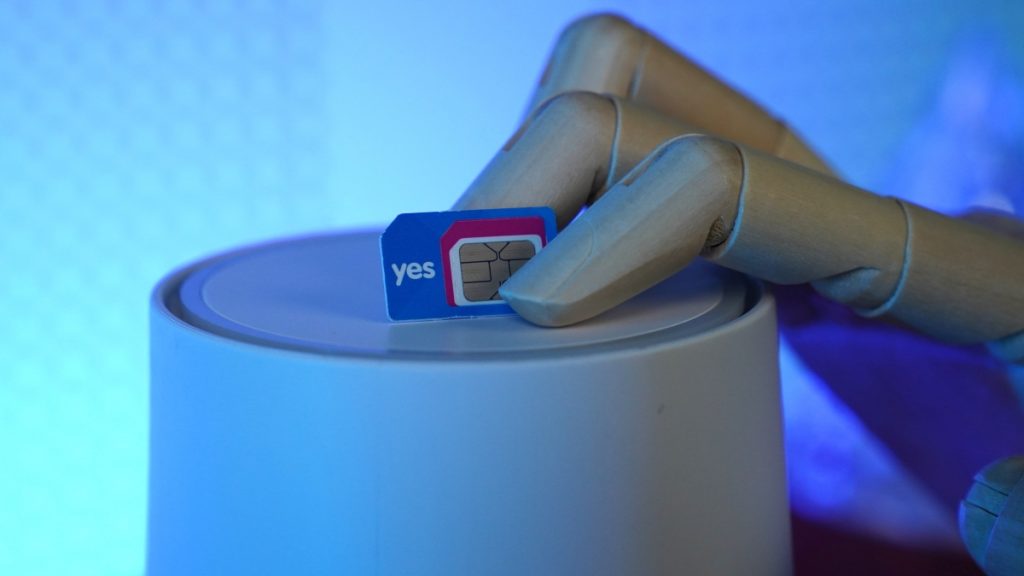
Wireless home broadband powered by 4G was available for quite some time. But there were always heavy compromises that you had to make compared to fixed fibre broadband. Now that 5G is here, it closes the gap in experience between wireless and fixed fibre broadband.

One of the biggest improvements it brings to the table is lower latency compared to 4G. For comparison, 4G typically produces a latency of about 50 milliseconds while 5G brings that number down to as low as the single-digit region. So, applications that rely on low latency, like competitive online gaming, benefit significantly from 5G.
Then, there’s the obvious increase in download and upload speeds. No longer will you need to sit around and wait for long periods of time for a large file to finish downloading.
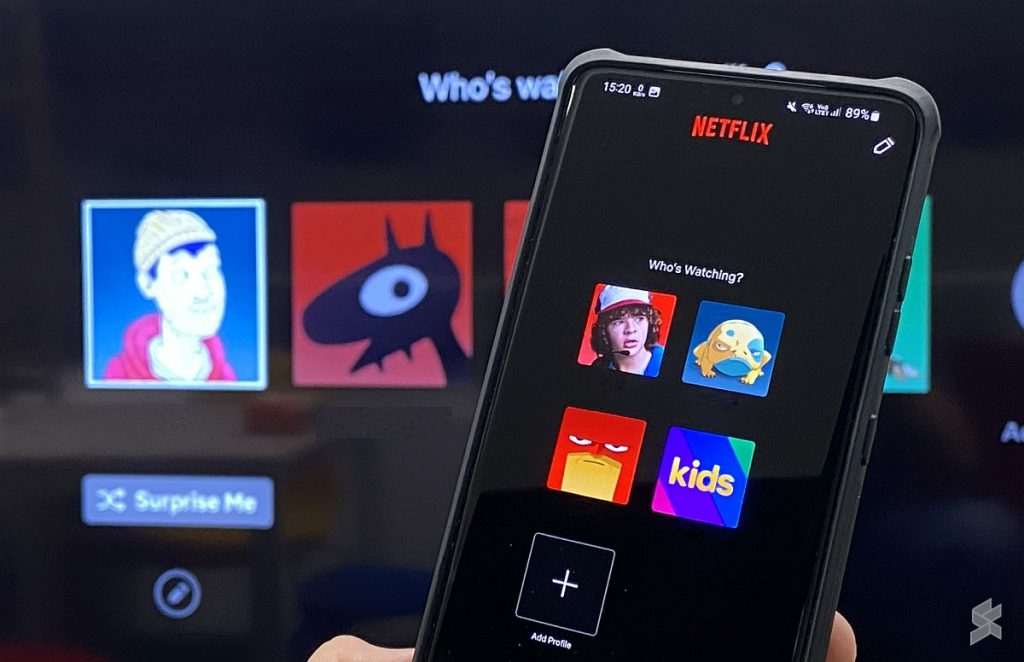
Finally, 5G also provides a larger bandwidth, allowing for more internet traffic to travel along its channels without congestion. So, even though there are multiple houses connected to a single 5G network, your internet connection will remain stable while still running at its fullest speed.
Yes Wireless Fibre Plans powered by 5G
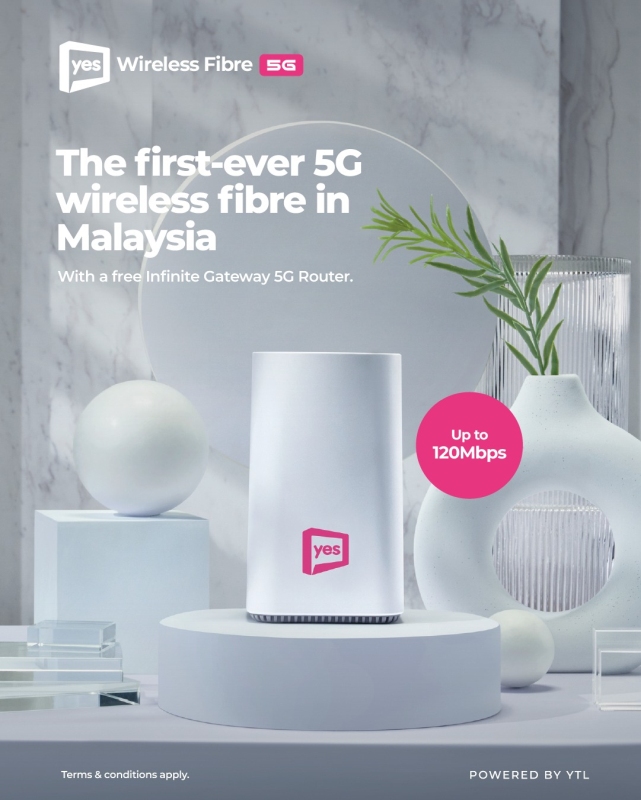
Yes was the first telco to introduce 5G mobile plans in Malaysia back in December of 2021. Now, they are the first ISP to introduce Malaysia’s first-ever wireless home broadband powered by 5G.
With Yes Wireless 5G Home Fibre, you get up to 120Mbps of unlimited 5G data and 150GB of 4G data at uncapped speeds. You will also receive a WiFi 6-enabled wireless router that is relatively compact, making it easy to take with you on the go, should you choose to.
Yes also offers an option to add on two mobile lines from its Yes Infinite Basic postpaid plan at 30% off. You get unlimited full-speed 5G and 4G data, unlimited calls, and 10GB hotspot data.
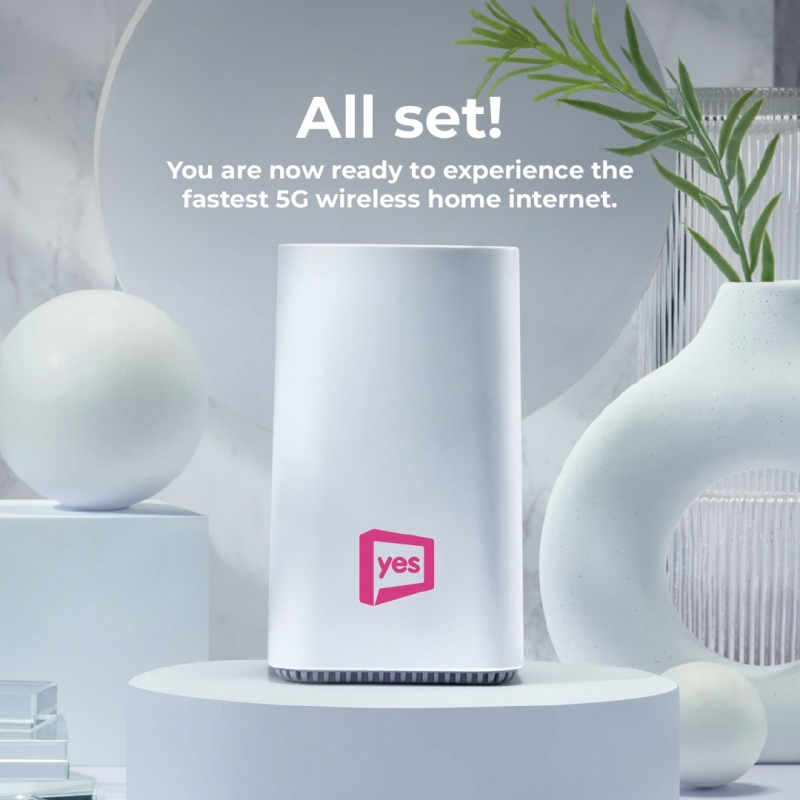
Subscribe to Yes Wireless 5G Home Fibre today starting from RM148 a month.
Yes’ parent company YTL Communications recently won 4 awards at the MCMC Star Rating Awards 2021, namely:
- ‘Best Quality of Service’,
- ‘Best in Corporate Social Responsibility’,
- ‘Best in Consumer Satisfaction’ and
- ‘Best Mobile Network Operator with Less Than 5 million subscribers’








